
City Under Pressure(1965)
The city of Edmonton is under pressure to deal with the problems related to housing, development, and traffic.

Movie: City Under Pressure

City Under Pressure
HomePage
Overview
The city of Edmonton is under pressure to deal with the problems related to housing, development, and traffic.
Release Date
1965-01-01
Average
0
Rating:
0.0 startsTagline
Genres
Languages:
Keywords
Similar Movies
 0.0
0.0Jugaad(hi)
Jugaad is a Hindi word that can be translated as "innovative or effective solution that bends the rules". It refers to the extreme capacity developed by Mumbai's inhabitants to adapt and get around any type of constraint or obstacle posed by the city's urban structure. In a relatively small piece of land where 21 million people live today, the inhabitants of Mumbai demonstrate great creativity when it comes to managing the spaces (for sale, for prayer, for traffic) and the flows that cross them every day. Without using language, Hong Kong artist Chak Hin Leung brings together in this video a dozen unique situations in which people, animals, vehicles and natural elements intermingle and brush up against each other, without ever colliding.
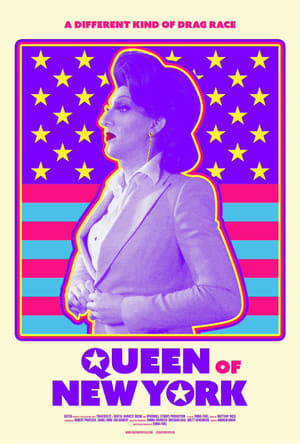 0.0
0.0Queen of New York(en)
Welcome to a different kind of drag race! As NYC emerges from the chaos of 2020, Marti Cummings (they/them), an audacious and big-hearted drag queen, goes all out in a historic bid to become a City Councilperson. It’s one of the most hotly contested Council races in years, and Marti’s strongest competitor is Shaun Abreu, a tenants’ lawyer with deep roots in the district’s Latinx community. As these first-timers race to do the most good for their Upper Manhattan neighbors, they offer very different visions for Democratic politics – one in a suit and tie, the other in combat boots and floral print. As this immersive documentary reveals, Marti’s passion inspires queer activists and allies to change the political system. Their campaign becomes a community of its own, especially for Marti’s non-binary peers who have never before seen themselves represented.
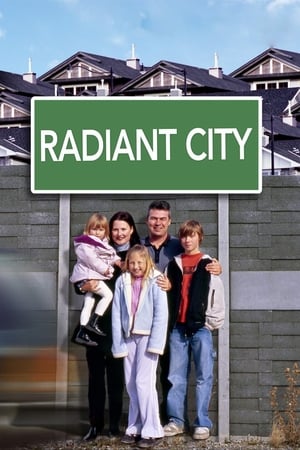 6.3
6.3Radiant City(en)
Since the end of World War II, one of kind of urban residential development has dominate how cities in North America have grown, the suburbs. In these artificial neighborhoods, there is a sense of careless sprawl in an car dominated culture that ineffectually tries to create the more organically grown older communities. Interspersed with the comments of various experts about the nature of suburbia
 0.0
0.0Prime Farmland(en)
This documentary film follows farmers and activists fighting together to stop the Indiana Enterprise Center, a mega-sized industrial park planned west of South Bend, Indiana
 7.2
7.2The End of Suburbia: Oil Depletion and the Collapse of the American Dream(en)
Since World War II North Americans have invested much of their newfound wealth in suburbia. It has promised a sense of space, affordability, family life and upward mobility. As the population of suburban sprawl has exploded in the past 50 years Suburbia, and all it promises, has become the American Dream. But as we enter the 21st century, serious questions are beginning to emerge...
 6.0
6.0Bauhaus Spirit: 100 Years of Bauhaus(de)
Founded in 1919 by Walter Gropius, Bauhaus was supposed to unite sculpture, painting, design and architecture into a single combined constructive discipline. It is a synthesis of liberated imagination and stringent structure; cross-medial concepts that embellish and enrich our existence, illumination and clarity, order and playfulness. But Bauhaus was never just an artistic experiment. Confronted with the social conditions of that particular time, as well as the experience of WWI, the movement concerned itself with the political and social connotations of design from the very outset. Hence, Bauhaus history is not just the history of art, but also the history of an era that stretches from the early 20th century to the modern day.
 0.0
0.0Shellmound(en)
“Shellmound” is the story of how one location was transformed from a sacred center of pre-historic cultures to a commercial mecca for modern people. What began as a Native American burial ground three thousand years ago, was transformed first into an amusement park, and later an industrial age paint factory. Now, the tainted ancient soil sits beneath the glittering lights of Banana Republic, Victoria’s Secret, and the AMC movie theaters. “Shellmound” examines the decisions made during the recent toxic cleanup, excavation, and construction of the Bay Street mall through the eyes of the city of Emeryville, the developer, the archaeologists, and the native Californians who worked on the site.
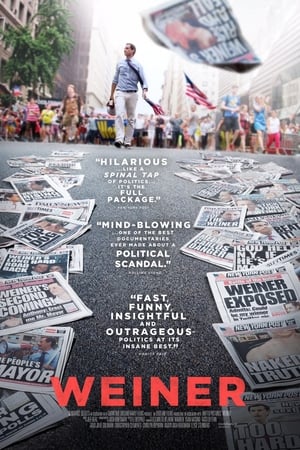 7.3
7.3Weiner(en)
Documentary featuring a jaw-dropping, behind-the-scenes look at the attempted comeback of Anthony Weiner in 2013 as he mounts a campaign for New York City mayor in the wake of his sexting scandal. Featuring unfettered access to the candidate and his campaign.
 5.6
5.6Douce France(fr)
Amina, Sami and Jennyfer are high school students in the Paris suburbs, in 93. At the initiative of 3 of their teachers, they embark on an unexpected investigation into a gigantic leisure park project which involves concreting agricultural land near their homes. But can we have the power to act on a territory when we are 17 years old? Funny and intrepid, these new citizens take us to meet residents of their neighborhood, property developers, farmers and even elected officials of the National Assembly. A joyful quest that challenges conventional wisdom and revives our connection to the land!
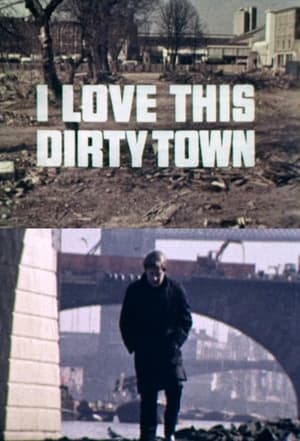 6.0
6.0I Love This Dirty Town(en)
An authored film by Margaret Drabble about the rise of the suburbs and the failure of city planning.
Saskatoon: Land and Growth Control(en)
In the city of Saskatoon, Saskatchewan, an effective government policy of controlling land investment prevents speculation, keeps land prices down, and provides a good balance between commercial, residential and public areas.
Traficant: The Congressman of Crimetown(en)
Jim Traficant was a legendary quarterback turned mob busting Walking Tall Sheriff who rose to power on a platform of “honesty in politics”. He quickly ascended to the hallowed halls of Congress, becoming its most outspoken member. "Jimbo" as his die-hard supporters called him, was known for his polyester thrift store suits, shock top wigs, vulgar humor and profanity laced rhetoric against the FBI, IRS, and every president since Reagan. His one minute speeches made C-SPAN must see programming, as he signed off with his patented “Beam Me Up!” In his post-industrial hometown of Youngstown, Ohio -- dubbed Crimetown, USA for being the most mobbed up city in America -- "Jimbo" was a living legend, once garnering more than 90% of the vote. However, the eccentric maverick also had a dark side, becoming only the second Member of Congress expelled since the Civil War, eventually spending over seven years in federal prison on bribery and tax evasion charges.
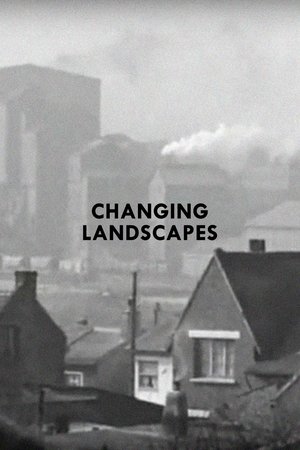 7.4
7.4Changing Landscapes(fr)
A sophisticated and beautifully constructed account of landscape change in and around Paris in the early 1960s. The film raises complex issues about the meaning and experience of modern landscapes and the enigmatic characteristics of features such as canals, pylons and deserted factories. Rohmer also explores the role of landscape within different traditions of modern art and design and refers to specific architects, artists and engineers.
 4.5
4.5Gut Renovation(en)
Su Friedrich's personal essay charting the destruction of Williamsburg, Brooklyn. After living in the neighborhood for 20 years, the filmmaker was one of many who were forced out after the city passed a rezoning plan allowing developers to build luxury condos where there were once thriving industries, working-class families, and artists. Filmed over many years, it is a scathing portrait of one neighborhood's demolition and transformation.
 5.8
5.8The City(en)
A prescient documentary about city planning, which presents idyllic suburbs and nuclear families as a solution to the chaos, poverty and social decay of industrialized inner cities.
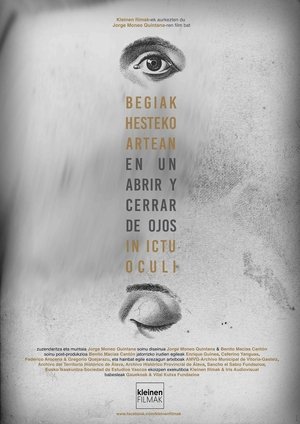 8.5
8.5In Ictu Oculi(eu)
The six-decade transformation of a block of houses, shown by means of artfully featured archival shots, highlights the beauty and sadness of human-made decay. In the blink of an eye 66 years pass by and a savings bank replaces a church.
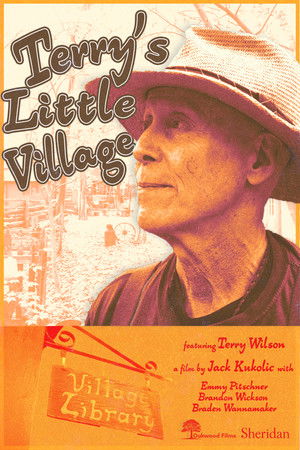 0.0
0.0Terry's Little Village(en)
Terry Wilson is a 70-year-old lifelong resident of Meadowvale Village, Ontario's first heritage district. As development looms and begins to destroy Terry's favourite place in the world, he recreates pieces of history in his backyard, crafting an oasis where it feels like nothing has changed. A beautiful tribute to his childhood, his mother, and his town, Terry passionately fights to preserve history in a world that's too anxious for change.
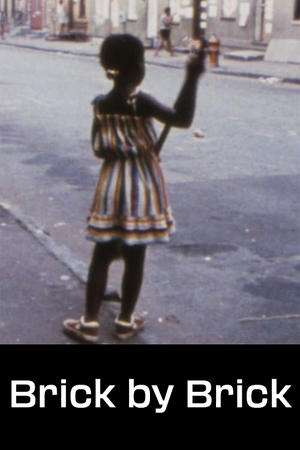 8.5
8.5Brick by Brick(en)
A prescient portrait of late-1970s Washington, D.C., that chronicles the city's creeping gentrification, the systematic expulsion of poor Black residents, and the community response in the form of the Seaton Street Project, in which tenants banded together to purchase buildings.
Flowers on a One-Way Street(en)
In the summer of 1967, a hippie group called The Diggers - led by the cool and charismatic 23-year old David DePoe - wanted to turn the street where they resided, Yorkville Avenue in Toronto, into a car-free zone. Fed up with the noise and fumes from cars, DePoe staged a 3-day sit in where the Diggers peacefully occupied the street to petition the Toronto City Council to get what they wanted. To their surprise, the police were ordered to remove them by force by the city officials who wanted to keep the street open as a necessary traffic artery. After being released from jail, DePoe and his group were invited by the fiercely conservative and patronizing Allan Lamport, a member of the Board of Control and former Mayor of the city to a meeting at City Hall to present their case. The climactic battle unfolded there between Lamport and DePoe, who was representing the Canadian Youth Council.
